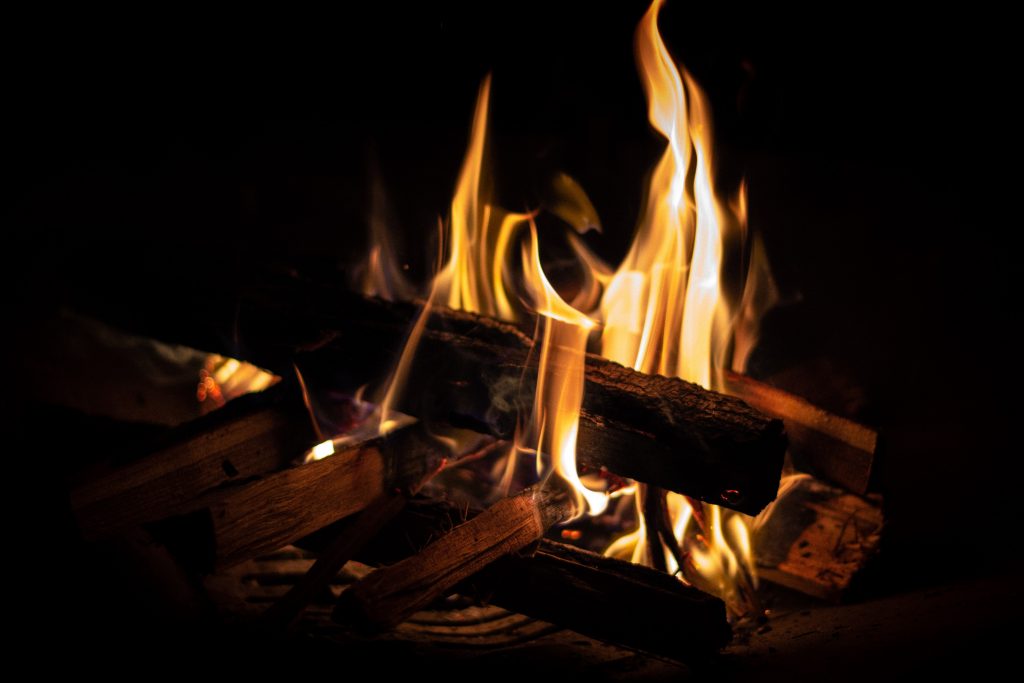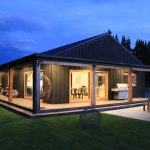
Best Heating Options
We are here, it was inevitable and now it is here. Winter. And we are desperate to know what the best heating options are for winter! We dive in to some options on the market – fires, heat pumps, electrical heaters, the good, the bad, and our favourite in the list of warm hugs.
Let’s start with Fires
Everyone loves a good fire, it’s a warming thought – red wine, toasted marshmallows, winerty nights ahhh. Anyway! Yes, fires they work really well, and are a very popular heating choice – in fact so much so that parts of the South Island are banned because too much smoke was having a negative impact on the air quality. Fires are great for keeping our buildings warm and dry, and providing radiant heat. As the wood burns, we feel the heat and light energy of which you might get some circulation heat. But mostly the heat from our fires heat the area directly adjacent to it – if you can see fire, you can feel heat. But what about the rest of the house? Well that won’t feel the heat. An open fire works by sucking in air, as that’s one component fire needs, this air gets pulled from other areas of the house. That air then needs to be replaced which is done so with more cold air. It’s great for drying things out but not the most efficient way – there’s ways to make it better.
To improve an open fireplace you can close it and make it more airtight. This however does reduce or eliminate the ventilation that you would have gotten from air being pulled into the fire and out the chimney and fed by the the rest of the house. Which means that you also need to provide ventilation for the house, and the air feeding the fire needs to be provided elsewhere, and is usually done so with a separate air feed from outside into the fire directly.
Another fireplace option is a wood pellet burner, these are a lot more efficient. They work by loading small pellets from a hopper which are slowly released into the fire rather than having to continuously add logs opening and closing the fireplace, and the consistent feed makes the fire stay at a much more constant temperature, maximizing combustion.
And the last option we’ll touch on is the wet back fireplace. These use water which is fed through a small radiator in the fireplace to heat it and circulated around the house through old-school radiators. If you can find one, a wood pellet burner that can heat water would be your best bet for a fireplace.
Gas Fires
Just like Christina Aguilera said ‘Too dirty to clean my act up’. Gas fires are just that – dirty. A gas fire acts the same as a wood fire, however they usually have glass in front and produce radiant heat. Gas fires aren’t great for the environment (wood produces more soot/ash, but at least it’s not a fossil fuel) or for the occupants using this as a means of heat. Unflued gas heaters are just straight up terrible, and very unsafe. These fires use a propane cannister, you usually don’t see the flame but it burns the gas to heat up the metal mesh on the circle inside. Reminder: when you burn a fossil fuel, the gas uses oxygen to burn which produces carbon dioxide, carbon monoxide, heat and water. The water might be the surprising one, but that’s why you usually see some water dripping out of a car’s tailpipe. As well as these nasty gases, we also know when water is produced, moisture is added to the room which will need to be ventilated out of the house – along with these toxic gases. Bad bad bad. Do not use an unflued gas heater in your house ever.
Next up, Electrical Heaters
Oil heaters, radiant panel heaters, fan heaters – all produce heat through electricity (no guessing there). They generally all work the same by heating internal wires which create heat by slowing down the electricity that flows through the wires. Resistance in the wire turns that electrical energy into a different form: heat energy. It’s very similar to an old incandescent lightbulb. The tungsten filament wire in the bulb slows down the electricity going through it causing it to heat up so much that it glows brightly enough to create light in addition to the heat. In regular heaters, though that heat is used to heat up the oil, radiate from a panel, or heat up air to move around the room. The difference (and benefit) of a fan heater is that it also circulates the hot air around, rather than just the area of the heater like the oil or panel heaters. With all electrical heaters the maximum efficiency ratio is 1:1. The amount of energy used is the amount of energy released as heat.
Heat pumps
You knew you’d read about these here, again, didn’t you. They are kind of hot topic at the moment (excuse the pun). There are going to be a lot more heat pumps installed throughout New Zealand homes as it is now a requirement for a landlord to install a heat pump in all rental properties. Heat pumps are very efficient, in fact the efficiency ratio can be around 1:4 meaning for every 1 unit of energy used, 4 units of heat is produced. Heat pumps work by circulating inside air through an interior unit which heats or cools and filters the air. As well as the indoor unit, there is an exterior unit which has a fan and radiator with pipes connecting the inside and outside units to transfer the heat. So in the winter, the outside fan blows cold air out to warm up the liquid and use it to heat the coil in the inside fan and warm the interior air. In the summer, the outside unit blows out warm air to cool the liquid to use for air conditioning. The downfall to heatpumps is most of them use a coolant liquid inside which releases a really bad greenhouse gas if disposed improperly. There are newer heat pumps on the market that use either CO2 or water as the coolant liquid, which is much better for the environment.
Electric blankets
Ah, our warm hug when we get into bed. Electric blankets are resistance heat – wires are heated up inside to feel the warm. Like the other electric heaters, these work similar to a defroster on a car window.
Underfloor heating
The crème-de-la-crème – so good. Isn’t it a luxury to have underfloor heating!? We love underfloor heating because as the heat rises from the floor it heats your whole body! The best ones use a heat pump water heater to feed tubes below the flooring.
So there we have it! Six heating options for the winter months. While some are better than others, and some not great at all (we’re looking at you, unflued gas heaters)– they all serve purpose for making us feel more warm, dry and comfortable in our own homes.




